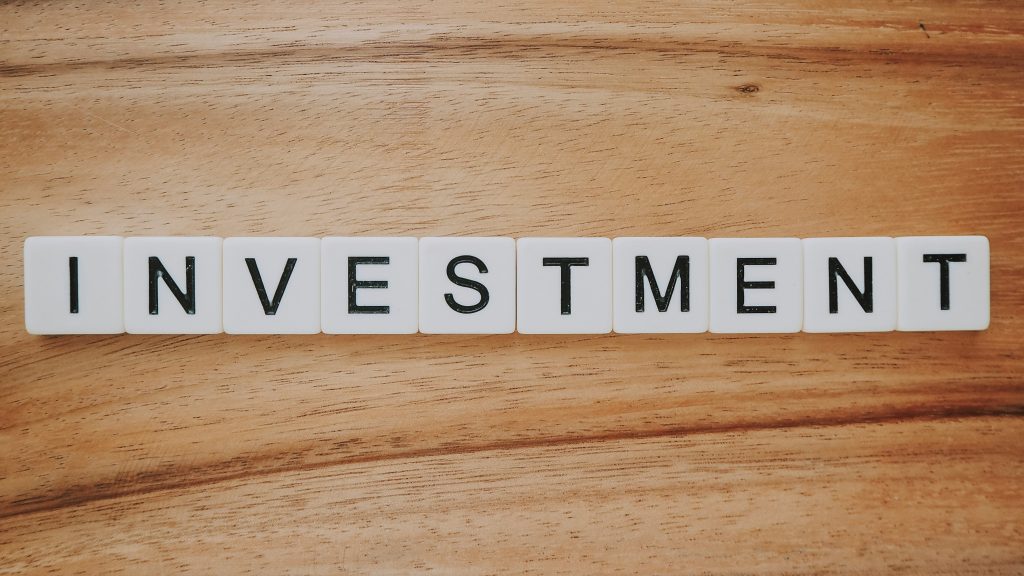Monthly Dividend ETFs: A Convenient Option For Income-Oriented Investors
Monthly Dividend ETFs offer a strategic advantage for income-focused investors by providing dividends every month instead of the more traditional quarterly or semi-annual distributions.
This frequency aligns well with monthly financial obligations, making budgeting easier and allowing for quicker reinvestment of dividends, which can significantly benefit compounding over time.

For retirees or those dependent on investment income for regular expenses, this can provide a stable, predictable cash flow.
These ETFs not only deliver regular income but also hold the potential for capital appreciation, combining growth with income stability in a single investment vehicle.
Understanding Monthly Dividend Stocks And Etfs: An In-Depth Guide
Monthly dividend stocks and ETFs provide a unique investment avenue for those who prefer a steady income flow aligned with their regular financial needs.
This section explores a premier example of a monthly dividend stock, AGNC Investment Corp, and broadens the discussion to cover the key considerations when selecting monthly dividend ETFs, along with the overall benefits they offer.
AGNC Investment Corp: A Premier Monthly Dividend Stock
AGNC Investment Corp is a standout in the monthly dividend-paying sector, functioning as a Real Estate Investment Trust (REIT).
AGNC primarily invests in residential mortgage-backed securities that are guaranteed by U.S. government-sponsored entities, ensuring a lower-risk profile and enabling the trust to distribute stable dividends.
In 2023, AGNC consistently declared a monthly dividend of $0.12 per share, underscoring its commitment to providing shareholders with reliable returns.
This consistency is a hallmark of AGNC’s strategy, leveraging its specialized investment focus to deliver regular income to its investors, which is particularly appealing to those dependent on investment income for managing regular expenses.
Key Considerations For Selecting Monthly Dividend ETFs
When choosing monthly dividend ETFs, investors should weigh several critical factors to ensure that their investment aligns with their financial goals and risk tolerance.
Here’s a deep dive into the essential criteria to consider:
- Dividend Yield and Stability: The dividend yield is a primary factor, as it indicates the income potential from the ETF. However, higher yields may sometimes signal higher risk, so it’s crucial to assess the stability and sustainability of these dividends. Look at the historical consistency of the ETF’s dividends and the financial health of the underlying assets.
- Expense Ratio: This is the annual fee expressed as a percentage of the ETF’s average net assets. Lower expense ratios are generally preferable because they reduce the cost of investment and thus enhance net returns. For monthly dividend ETFs, typical expense ratios range from about 0.1% to 0.7%, depending on the complexity of the strategy and the management involved.
- Asset Allocation: The composition of the ETF’s portfolio is critical. A well-diversified ETF across various sectors and asset classes can reduce risk and increase the potential for consistent returns. Ensure the ETF’s investments align with sectors known for stable and reliable dividends, like utilities, telecommunications, and real estate.
- Fund Performance: While past performance is not a guarantee of future results, it can provide valuable insights into how the ETF has managed through different market conditions. Review the performance over several years to understand its risk and return profile.
- Fund Size and Liquidity: Larger ETFs generally offer better liquidity, making it easier to enter and exit positions. This can be particularly important for retirees or others who may need to liquidate holdings unexpectedly.
- Reinvestment Opportunities: Some ETFs offer automatic dividend reinvestment plans (DRIPs), which can be an advantageous feature for compounding returns over time.
- Regulatory and Tax Considerations: Understanding the tax implications related to dividend income and how the ETF handles reinvestment can impact after-tax returns. ETFs that automatically reinvest dividends might offer a different tax scenario compared to those that pay cash dividends.
By carefully considering these factors, investors can choose a monthly dividend ETF that best fits their income needs and investment profile, enhancing the ability to achieve stable and potentially growing returns.
Investment Ideas For 2024: Strategies For A Changing Market
As we look forward to 2024, the investment landscape presents both opportunities and challenges that savvy investors can navigate to optimize their portfolio performance.
Here are three key investment strategies to consider:
Diversifying With Fixed Income Securities
Given the uncertainties in the market, fixed income securities like bonds offer a more stable investment compared to volatile stock markets.
Investors are finding value in bonds with positive real yields and shorter maturities, which tend to offer better returns and lower risk in an inverted yield curve environment.
Particularly, U.S. agency mortgage-backed securities and inflation-linked bonds are highlighted for their defensive attributes and potential for positive real returns.
These options can serve as a cushion against stock market fluctuations and provide a steady income stream.
Exploring Opportunities In Emerging Markets
Emerging markets are poised for growth and offer attractive investment opportunities in 2024.
With higher yields and potential currency returns, emerging markets debt is becoming a compelling part of diversified portfolios.
Investors can explore local and hard-currency bonds within these markets, which might offer favorable returns amid global economic shifts.
Countries like India are emerging as strong contenders in the global market, offering promising prospects for growth-oriented investments .
Embracing Alternative Investments
Alternative investments, including private equity, private debt, and real assets like gold and art, are gaining traction among investors looking for higher returns and lower volatility.
The rise in alternative investments is driven by their potential to offer substantial cash yields and a hedge against economic uncertainty.
Investments in physical gold and fractional shares in artwork are being explored by investors aiming to diversify their portfolios beyond traditional stocks and bonds.
These alternatives are increasingly popular, especially among younger investors who are more open to exploring different asset classes.
Final Remarks
As we approach 2024, investors have a wealth of strategies to consider for adapting to an ever-evolving market landscape.
Monthly Dividend ETFs stand out as a prudent choice for those seeking steady, predictable returns, effectively meeting monthly financial needs while offering potential for growth.
Beyond traditional stocks and bonds, expanding into emerging markets and alternative investments like private equity, private debt, gold, and art presents a diversified approach to harness higher returns with controlled risk exposure.
These options not only cater to varied risk appetites but also align with global economic shifts, making them essential considerations for any forward-thinking investment portfolio.
This holistic approach ensures investors are well-positioned to capitalize on opportunities and navigate challenges in the coming year.

